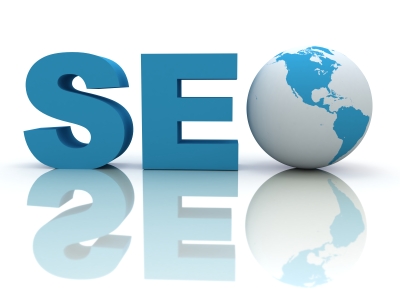Onpage Optimization SEO
Onpage Optimization SEO arrange to couple of objectives which you can apply onto your site to make it look strong to the search engine. These are concerned with setting the site’s Title and description, Header tags, Inbound linking, Meta tags and Meta descriptions.
This helps in expanding the legibility and in making your site updated and fresh, hence helping in making an SEO well friendly site that is moreover tune to what visitors are searching for. Here are the most important segments that are part of Onpage Optimization SEO.
Onpage Optimization SEO Content: It’s the content on the site page that is speaking to the visitors and teaches them about your organization. Looking into that quality written content has a significant effect; your site should have rich content that is addressing the visitors while having strong keywords that meet your business objectives.
Similarly after the Google panda update, it’s recently those sites with quality content that can be best rankings. This is a direct result of few of the sites taking the practice of having bad quality links with average content.
Title tags: These tags don’t appear on the page however are coded into the HTML and noticeable at the title bar of the site. It’s likewise appeared on Google when it shows your site in the listings for a search engine query.
These titles should at all times contain the relevant keywords related with what really matters to your business or site.That way, your site has the most possibility of being appeared by Google on the top when somebody looks for keywords matching your title.
Meta Descriptions: These have a similar nature from the title tags in that they are given in the HTML code of the site and are showed up as the description by Google. This can be managed like a little verbal promotion about your business in 150-160 characters.
Again, it’s significant that the Meta description should contain the right keywords, which will be highlighted by Google on the search engine result page and in addition convince the visitor to click onto your site if he sees the description he needs.
Heading Tags: Your headings (H1 tag) and subheading (H2, H3, and H4) should contain all the possible keywords and key expressions that are connected with your business. Search engine concentrate on those header names which are enhanced with the right keywords.
Inbound Links: Links inside your page are important for simple navigation on the site and when these links are consolidated with the right keywords, it can make your site recognizable according to Google.
